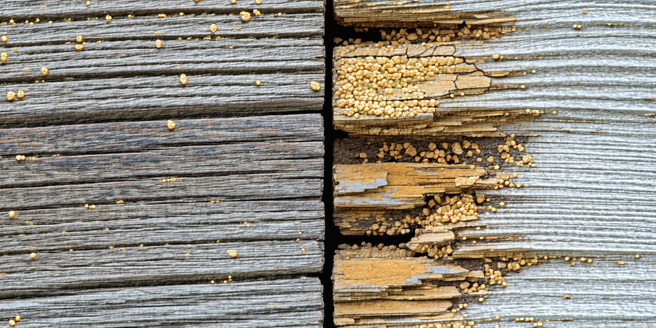Understanding Free Termite Inspections

What Are Free Termite Inspections?
Free termite inspections are evaluations offered by pest control companies at no cost to the homeowner. These inspections aim to identify the presence of termites and assess any potential damage to the property caused by these pests. Termite inspections are crucial as early detection can prevent extensive damage, saving homeowners significant repair costs. During a free termite inspection, a trained professional will examine the property’s interior and exterior, focusing on areas where termites are most likely to invade. It is a proactive step towards ensuring your home remains structurally sound by catching potential problems early. These inspections are generally offered to engage potential customers and provide peace of mind, allowing owners to understand their property’s current condition without any financial obligation.
Benefits of Free Termite Inspections
Free termite inspections offer several notable benefits. Firstly, they are cost-effective as homeowners can receive a professional evaluation without spending money. These inspections help in identifying potential termite infestations early, preventing costly structural damage. An early diagnosis allows for timely intervention, which is less expensive than repairing extensive damage. Additionally, these complimentary services offer peace of mind; knowing that a property is being regularly checked by experts assures homeowners of its safety. It also provides a welcome opportunity to understand the risks associated with termite infestations and learn preventive measures. The information and guidance provided during these inspections can help homeowners make informed decisions about pest control and property maintenance, fostering a proactive approach to home care.
How Free Termite Inspections Work
During a free termite inspection, pest control professionals perform a thorough assessment of the property. The process typically starts with an initial consultation where the inspector discusses any concerns from the homeowner. The inspector then examines both the exterior and interior of the property, paying close attention to areas where termites are prone to activity, such as basements, crawl spaces, and wooden structures. They look for signs like mud tubes, damaged wood, and termite droppings. The inspection also involves checking for moisture issues that attract termites. Once the inspection is complete, the pest control specialist will provide a detailed report outlining any findings and recommend any necessary treatment plans. This transparent process allows homeowners to understand potential risks and decide whether to pursue further pest control services.
What to Expect During a Termite Inspection
When preparing for a termite inspection, homeowners can expect a systematic and thorough process carried out by experienced professionals. The inspection begins with a detailed examination of the property’s structure, focusing on both readily accessible and concealed areas. Inspectors look for telltale signs such as mud tubes, damaged wood, and discarded wings. They will often use specialized tools like moisture meters to detect conditions conducive to termite activity. The inspection is usually completed within a few hours, depending on the size and complexity of the property. After the inspection, the professional will discuss their findings, offering insights into any present or potential termite issues. A comprehensive report is provided, detailing any evidence found and tailor-made recommendations for addressing any termite problems identified.
Common Findings in Termite Inspections
During termite inspections, professionals frequently encounter a range of common findings. One of the most evident indicators is the presence of mud tubes, which termites use to travel from their colonies to food sources. Soft wood that sounds hollow when tapped is another typical sign of termite infestation. Inspectors might also discover wood that appears blistered or cracked due to termite tunneling within the structure. Winged termite swarms, or evidence thereof such as discarded wings, are an indication of a burgeoning termite population. Drywood pellets, often resembling grains of sand, can accumulate in piles and point to termite habitation. Finally, signs of excessive moisture, such as leaks or poor drainage, can also be classified as potential termite attractors, suggesting a need for environmental modification alongside pest control measures.
Selecting a Reliable Pest Control Company
Choosing the right pest control company is crucial for ensuring effective termite management and safeguarding your home. Start by seeking recommendations from friends or family and checking online reviews to gauge customer satisfaction. Verify the company’s licensing and certifications to ensure they meet industry standards. It’s advantageous to select a company with extensive experience in termite control, as such expertise translates to better problem identification and solution implementation. Obtain quotes from multiple firms to compare prices and services offered, but be wary of unusually low bids. A reliable company will conduct an initial assessment and provide a detailed plan tailored to your specific needs. Ensure that any selected provider offers guarantees for their services, reassuring you of their confidence in the results they deliver.